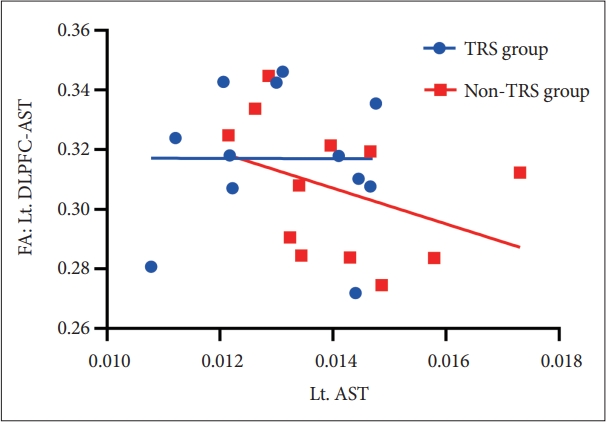 |
 |
- Search
| Psychiatry Investig > Volume 19(7); 2022 > Article |
|
Abstract
Objective
Methods
Results
Conclusion
Notes
Availability of Data and Material
The datasets generated or analyzed during the study are available from the corresponding author on reasonable request.
Conflicts of Interest
Euitae Kim, a contributing editor of the Psychiatry Investigation, was not involved in the editorial evaluation or decision to publish this article. All remaining authors have declared no conflicts of interest.
Author Contributions
Conceptualization: Euitae Kim, Sangho Shin. Data curation: Mattia Veronese, Katherine Beck, Jae Sung Lee, Yun-Sang Lee, Wi Hoon Jung, Sangho Shin. Formal analysis: Mattia Veronese, Katherine Beck, Jae Sung Lee, Yun-Sang Lee, Sangho Shin. Funding acquisition: Euitae Kim, Jun Soo Kwon. Methodology: Robert McCutcheon, Mattia Veronese, Katherine Beck, Jae Sung Lee, Yun-Sang Lee, Sangho Shin. Project administration: Euitae Kim, Jun Soo Kwon. Resources: Euitae Kim, Jun Soo Kwon. Software: Mattia Veronese, Katherine Beck, Jae Sung Lee, Yun-Sang Lee. Supervision: Euitae Kim, Oliver D. Howes. Validation: Mattia Veronese, Katherine Beck, Jae Sung Lee, Yun-Sang Lee, Sangho Shin. Visualization: Sangho Shin. Writing—original draft: Sangho Shin. Writing—review & editing: Oliver D. Howes, Euitae Kim, Robert McCutcheon, Wi Hoon Jung, Sangho Shin.
Funding Statement
This work was supported by the National Research Foundation of Korea (NRF) grants funded by the Korea government (MSIT) (No. 2022R1A2B5B02002400, NRF-2019M3C7A1032472).
Figure 1.

Figure 2.

Figure 3.

Table 1.
Values are presented as mean±standard deviation unless otherwise indicated. The chlorpromazine equivalent dose was calculated based on the formula from Andreasen et al.[32] (2010). One patient treated with risperidone was given long-acting injectable risperidone. The dose of long-acting injectable risperidone was converted to oral equivalent (Bai et al.,[33] 2007). SSRI includes escitalopram and fluoxetine in non-TRS group and escitalopram, sertraline and fluoxetine in TRS group. Benzodiazepine includes lorazepam and clonazepam in non-TRS group and lorazepam, alprazolam, and clonazepam in TRS group. Antiparkinsonian agent indicates medication for treating extrapyramidal symptoms including propranolol, benztropine, and trihexyphenidyl in both groups. PANSS, Positive and Negative Syndrome Scale; TRS, treatment-resistant schizophrenia; non-TRS, treatment-responsive schizophrenia; SSRI, selective serotonin reuptake inhibitor
Table 2.
| FA |
Left AST |
Right AST |
Left LST |
Right LST |
||||
|---|---|---|---|---|---|---|---|---|
| r | p | r | p | r | p | r | p | |
| Healthy controls | ||||||||
| Left DLPFC-AST | -0.277 | 0.384 | ||||||
| Right DLPFC-AST | -0.19 | 0.553 | ||||||
| Left VMPFC-LST | 0.077 | 0.812 | ||||||
| Right VMPFC-LST | 0.231 | 0.471 | ||||||
| Treatment-responsive schizophrenia | ||||||||
| Left DLPFC-AST | -0.629* | 0.028 | ||||||
| Right DLPFC-AST | -0.21 | 0.513 | ||||||
| Left VMPFC-LST | 0.112 | 0.729 | ||||||
| Right VMPFC-LST | 0.329 | 0.297 | ||||||
| Treatment-resistant schizophrenia | ||||||||
| Left DLPFC-AST | -0.07 | 0.829 | ||||||
| Right DLPFC-AST | -0.182 | 0.572 | ||||||
| Left VMPFC-LST | -0.049 | 0.88 | ||||||
| Right VMPFC-LST | 0.427 | 0.167 | ||||||
REFERENCES







